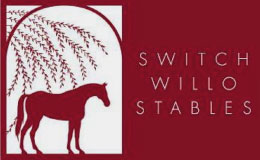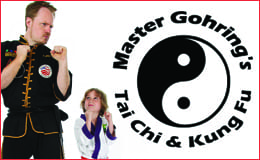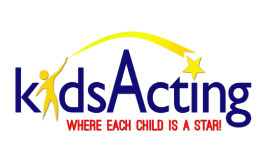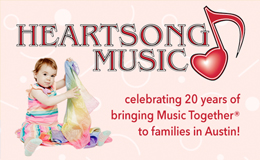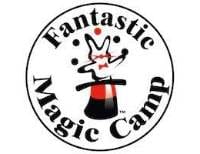by Pam Heller
For Younger Readers

Two Little Trains
by Margaret Wise Brown, Leo and Diane Dillon Illustrators
It is such a delight when two illustrators add their modern sensibilities to illustrate a reprinting of such a classic. “Two Little Trains,” written in rhyme, is the story of the western journey of a silver streamlined train and a similar journey of a toy train through an imaginative landscape using the ordinary furnishings of a small child’s home. As the silver train goes through a tunnel in a hill, the toy train chugs through a tunnel made from a book called “Hills.” As the silver train climbs the tracks up a mountain, the toy train is pulled up the railing of a staircase. Small children will develop their reading skills as they “read” the pictures to discover the similarities between the two journeys. For ages 3 to 5.

The Year of Billy Miller
by Kevin Henkes
Second grade can be a tough year, and Billy is scared and unsure of how it will go for him. He fears he may not be smart enough, he is faced with a mean girl at the desk next to him, he worries about hurting people’s feelings, etc. These are big worries in the mind of a boy his age. “The Year of Billy Miller” is divided into four sections: Teacher, Father, Sister and Mother. Each section presents new challenges for Billy and results in successful problem-solving with the support of his family and the people in his life. Ultimately, second grade ends up being the best year ever. This is an excellent yet challenging choice for a young chapter book reader. For ages 5 to 7.
For Older Readers

Won Ton: A Cat Tale Told in Haiku
by Lee Wardlaw, Eugene Yelchin Illustrator
This is a simple story about a shelter cat rescued by a nice boy. It is written in Senryu, similar to Haiku but with a focus on human nature (or in this case, cat nature) and satiric humor. This writing style allows for the personality of the cat to be exposed as a veneer of cynical toughness hiding his vulnerability. The boy names the cat Won Ton (which the reader is informed, is not his real name). Cat-lovers will enjoy the poems as Won Ton explores and comments on his new home and family. Pair this book with other cat poems, from T. S. Eliot’s “Old Possum’s Book of Practical Cats” and Betsy Franco’s “A Curious Collection of Cats”or with Sharon Creech’s “Love that Dog” for an ideal classroom or home study in poetry. For ages 8 and up.

On a Beam of Light: The Story of Albert
by Jennifer Berne, Vladimir Radunsky Illustrator
This appears to be a simple picture book biography about Albert Einstein, but it’s a perfect tool to introduce reluctant or skeptical learners to the power of curiosity and the possibilities of amazing discoveries when we dare to ask questions. Facts about Einstein’s life are provided, such as his not speaking very much before the age of three and his being a disruptive student by constantly asking questions. But the main emphasis of the book is Einstein’s insatiable curiosity leading to some of his greatest discoveries about magnetism, light, sound, gravity and later, atoms, motion and time. Simple questions and thoughtful observations can lead to profound explanations. Einstein’s own words are used in the book to encourage readers to take the time to wonder, “The important thing is not to stop questioning. Curiosity has its own reason for existing.” For ages 8 and up.




